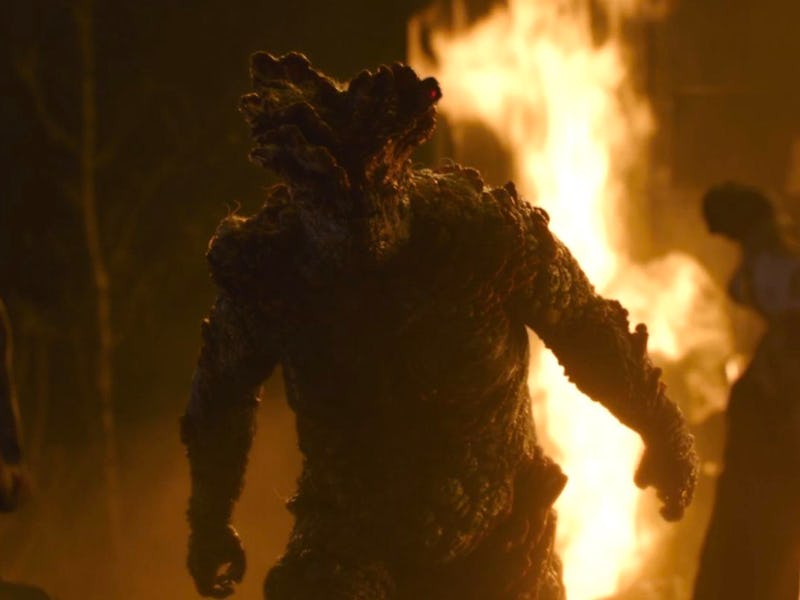HBO's Last of Us Changes Bloaters in One Horrifying Way
It took five episodes, but we finally got a Bloater.

The world of The Last of Us is terrifying, and not just because of the zombies. In fact, before Episode 5, the series only included a handful of Infected: the few we saw on Outbreak day, the Clickers and horde of Stalkers in Episode 2, and then two brief glimpses in Episode 3. Considering the game had countless Infected, it seems like the series is focusing on other ways to deliver the scares.
Episode 5 continued that trend by focusing on the human conflict in the revolutionary Kansas City QZ… at least until the climax, when a massive army of Infected clawed its way out of the Earth, led by the most dangerous of all Infected: a Bloater. Here’s everything you need to know about the creature, from how it evolved to why it’s so tough.
Bloaters are the last stage of Infected, coming after the Clickers that Joel, Ellie, and Tess avoided in Episode 2. Like Clickers, Bloaters are blind and rely on echolocation to locate their prey. But because of their thick fungal overgrowth, they’re much harder to take down, as evidenced by Perry shooting at the Bloater in Episode 5, only to discover that it’s essentially bulletproof.
The Bloater emerges from the pit in The Last of Us Episode 5.
HBO has made both implicit and explicit changes to the Bloaters. In the game, an infected human had to remain intact for more than a decade to become a Bloater, but it also took someone a couple of days to turn zombie-like after encountering the fungus. In the show, Joel says no one lasts more than a day before turning, which implies that Bloaters may need less time to gestate too. There could therefore be more out there than there are in the game, even if we don’t end up seeing them.
The other and more obvious change is the Bloaters’ weapon of choice. In the game, they employed toxic sacks that exploded and created poison clouds. The concept of airborne infection as a whole didn’t survive the move to live-action, so now the Bloater threatens humans with sheer fungal strength and rage.
If you can’t shoot a Bloater, how can anyone defeat one? As gamers can tell you, especially those who were frustrated by their first Bloater encounter, fire is key. Molotov cocktails and flamethrowers burn through the thick fungus, leaving the creature vulnerable to a well-aimed shot.
A single Bloater proved a tough obstacle in the game’s high school level.
In the game, Bloaters essentially serve as boss fights. That precise logic may not apply to television, but they do serve a similar purpose as an almost insurmountable enemy that’s looming as a threat no matter how many Clickers and Runners are blasted apart.
Now that we’ve seen a Bloater in the series, each phase of Infected from the original game has been included. Joel and Ellie managed to escape with their lives, but surely the day will come when they’ll have to face a Bloater without a means of escape. Hopefully, they’ll figure out that their weakness is fire quicker than most players did.
The Last of Us is now streaming on HBO Max.